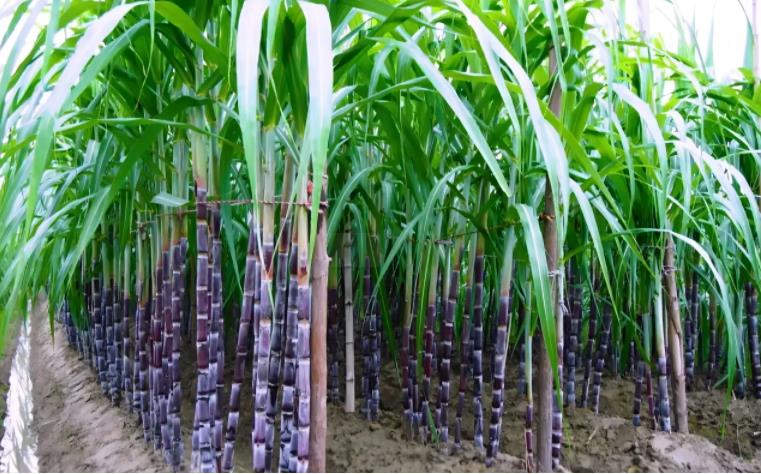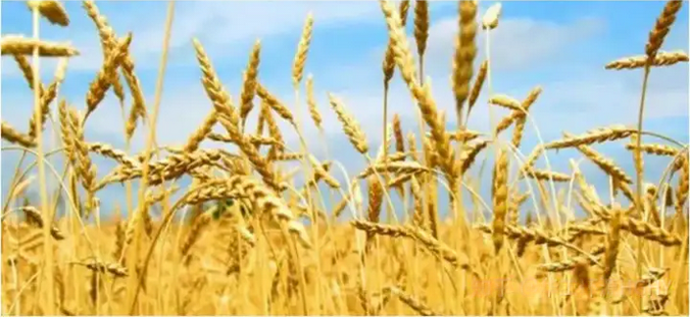What Are the Differences Between Different Pulp Molding Production Raw Materials?
Pulp molding production utilizes a variety of raw materials, each with unique properties that influence the final product‘s characteristics, production process, and environmental impact. Here’s a comparison of different pulp molding production raw materials.
1. Bagasse Pulp
Bagasse pulp is recognized for its suitability in the creation of molded pulp products, particularly for lunch boxes and tableware. This type of pulp is derived from bagasse, which is processed either chemically or biologically to yield the pulp. Bagasse fibers are characterized by their medium to long length, offering a balance of strength and flexibility, making them an ideal choice for molded pulp applications. The prevalence of bagasse pulp products has been increasing due to these attributes.The utilization of bagasse fibers extends beyond basic food service items; they are also incorporated into premium accessories such as phone stands and cosmetic packaging. Global production of bagasse pulp is widespread, with significant contributions from regions rich in sugarcane cultivation. Notable producers include Southeast Asian countries like Thailand, South American nations such as Colombia, Mexico, and Brazil, and Middle Eastern countries like Iran, as well as the Chinese provinces of Guangxi and Yunnan.These regions are home to numerous sugarcane factories, which are the primary source of bagasse. Historically considered waste, bagasse has been repurposed by many of these factories, which have set up dedicated bagasse pulp facilities. These new ventures not only convert waste into a valuable resource but also supply raw material to paper and pulp molding industries. As the technology and market for pulp molding continue to evolve, an increasing number of bagasse pulp manufacturers are expanding their operations to include the production of molded pulp products, thus extending their reach within the industry.

2. Bamboo Pulp
Bamboo pulp is an excellent raw material for pulp molding (plant fiber molding) products. As a medium-long fiber, its performance lies between that of coniferous and broad-leaved wood. It is primarily used to produce high-quality industrial packaging products, with a small portion added to tableware products. Products made from bamboo pulp boast strong toughness, making them resistant to cracking when producing deep items. They also have a smooth, delicate surface with high whiteness. However, the surface of these products can develop fluffy fibers due to friction. To mitigate this, bamboo pulp should be ground to eliminate such fluffiness. Bamboo pulp is predominantly used in high-end mobile phone packaging trays, cosmetic packaging, and tableware. It is a superior raw material for pulp molding, especially for products with complex shapes, small slopes, and R angles, which generally require a certain proportion of bamboo pulp. Due to the relatively precious nature of bamboo pulp and its slightly higher cost compared to bagasse pulp, it is often mixed with bagasse fiber to enhance performance while keeping costs down. Bamboo pulp production facilities are located in northern China, Sichuan, and Jiangxi.

3. Wheat Straw Pulp
Wheat straw is a versatile resource for the production of various pulp types, including mechanical fiber, chemical mechanical, and chemical wheat straw pulps, which are predominantly utilized in the manufacturing of tableware. These pulps are composed of short fibers, resulting in molded products with a smooth and refined texture, as well as commendable rigidity. However, the resulting products tend to be quite fragile and lack in flexibility.The use of wheat straw pulp as a 100% raw material for most molded tableware is common due to its natural attributes. Products made from naturally colored wheat straw pulp are known for their sleek and visually appealing appearance. Nonetheless, for the production of more intricately designed and deeper molded items, it‘s common to blend in long fiber pulp to enhance the durability and toughness of the final product.
In the market, bleached wheat straw pulp is a rarity, with the majority of the pulp being sold in its original color. The primary regions for wheat straw pulp production are Shandong Province and other northern parts of China. Given the extensive wheat cultivation areas worldwide, especially in northern China, and the significant volume of wheat straw that remains unprocessed, the potential for wheat straw pulp production is vast. However, it‘s important to note that the yield from wheat straw pulping processes is relatively low compared to other types of pulp.

4. Palm Pulp
Palm pulp is recognized as an excellent material for the creation of molded pulp products, particularly for tableware. It is typically in its natural state, derived from the residual fibers of palm fruits after the extraction of palm oil. These fibers are then transformed into palm pulp, which is subsequently used to manufacture plant fiber-based molded products.
The resulting palm pulp products are characterized by their aesthetic appeal, solid structural integrity, and the natural hue of plant fibers. The fibers of palm pulp are comparable in length to those of wheat straw pulp, yet they offer a higher yield in the pulping process. Despite the presence of more impurities in palm pulp, these are also of plant origin, which contributes to the attractive, natural, and eco-friendly appearance of the final products, making them highly regarded as environmentally conscious alternatives.Southeast Asia, home to numerous palm oil mills, has been at the forefront of this industry. The Malaysian government, as early as two millennia ago, initiated policies to incentivize the comprehensive use of palm fibers, thereby encouraging businesses to explore and expand the utilization of palm fruit fibers further. This has fostered a robust industry that not only contributes to the economy but also promotes sustainable practices.
5. Wood Pulp
Wood pulp is also a raw material for producing pulp molded products, mainly used to produce high-end industrial packaging products.Wood pulp is mainly divided into coniferous pulp and broadleaf pulp. The wood pulp used to produce pulp molded products is generally a combination of coniferous pulp and broadleaf pulp, each accounting for a certain proportion. Coniferous pulp fibers are long and thin, the wood pulp is relatively pure, and there are few impurities. Broadleaf pulp fibers are thick and short, and contain more impurities. The finished product strength is relatively low, the finished product is relatively loose, has strong absorption performance, and high opacity. Pulp molded products made from coniferous pulp have good flexibility, high folding resistance, and good tensile strength. Pulp molded products made from broadleaf pulp have high bulk, high stiffness, and good packaging performance. Therefore, the thickness and density of products produced by different wood pulps will be different.

